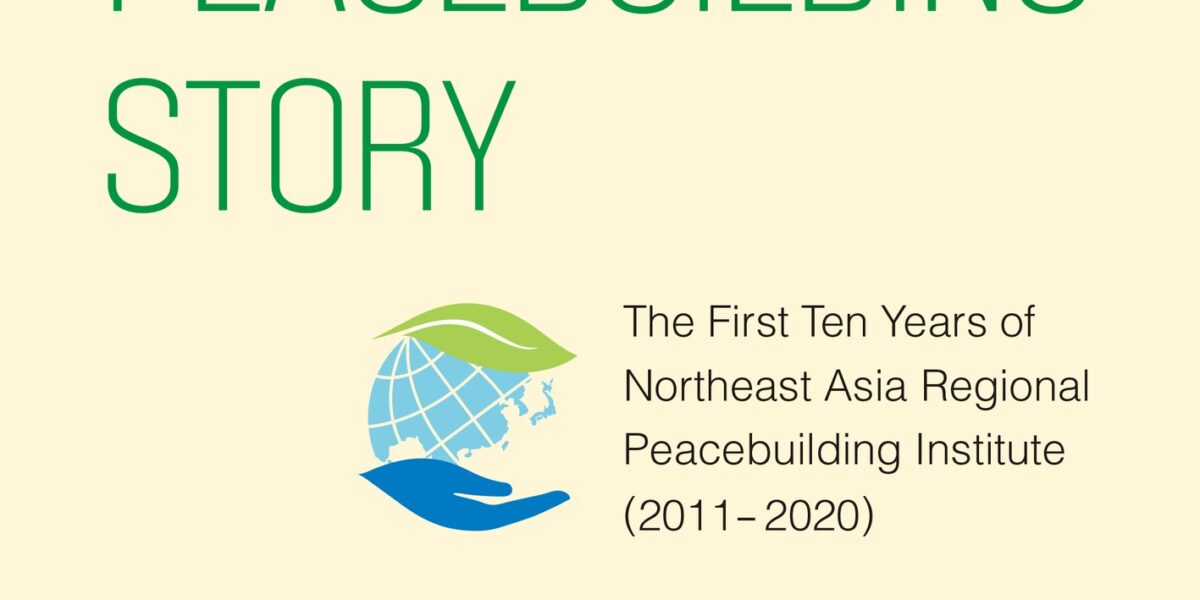Mennonite Mission Network strives to follow Jesus’ call to his people to be peacemakers, through ministries and partnerships across the world.
The Northeast Asia Regional Peacebuilding Institute (NARPI), a partner organization of Mission Network, has been a part of that global peacebuilding for over a decade and is celebrating the milestone through the release of a 10-year retrospective book, Our Peacebuilding Story. Click here to learn more about how the book came to be.
Our Peacebuilding Story does a phenomenal job of laying out the history, purpose and impact of Northeast Asia Regional Peacebuilding Institute (NARPI). It was an easy read that combined both the theoretical foundation of NARPI’s work and personal testimonials of those who have benefited from it. This work felt relational in all the best ways, and it really drew me into the story of NARPI.
For someone who is not familiar with the complex history of Asian peacebuilding efforts, the introduction was helpful. It outlines the framework of the practice of peacebuilding, along with a concise reason as to why it is needed.
I was immediately challenged by the central premise that, if a region wants peace, its people must be trained and educated in how to live in peace.
I wondered if that was really all it would take, but as I continued to read, I discovered that training people to live in peace is no small task. Page by page, I became aware of the tremendous will and dedication of all involved.

Overall, Our Peacebuilding Story provides both a light theoretical overview of the history and need for NARPI, while also offering the reader a glimpse into the personal experiences of those who participated in the training. At first glance, the book feels a bit overwhelming, given its length, but it contains many pictures and quotations from event participants, making the work more digestible and more personable. The testimonials are powerful and highlight the impact that NARPI has had on people of all ages. Throughout the book, NARPI participants discuss the ways they felt empowered, inspired and better equipped to carry out the work of peacebuilding in their own lives and communities.
I appreciate the discussions around restorative justice and healing trauma in chapter four. Both ideas are becoming more mainstream, but it is clear that NARPI was ahead of the curve when it came to integrating embodiment work and restorative principles into broader peace building efforts.
It was fascinating to learn that some of the key concepts of restorative justice, like interconnectedness and an emphasis on community, are already present in Northeast Asia. Similarly, I was heartened to see that NARPI has been helping people unpack the effects of generational trauma. Though this work is just now making its way into







